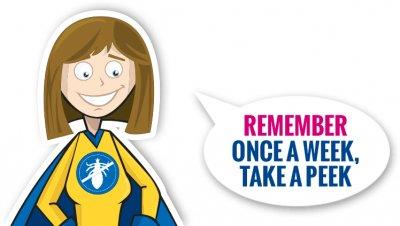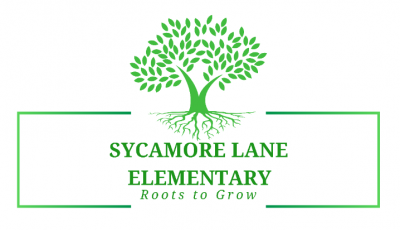Head Lice Reminder
Head Lice in Schools: Guidelines for Parents and Guardians
Overview
The Department of Education and Early Childhood Development (EECD), in partnership with regional centres for education (RCEs) and the Conseil scolaire acadien provincial (CSAP), has committed to following the recommendations of health care professionals and supporting school communities in the treatment and prevention of head lice.
The department’s focus on the treatment and prevention of head lice is an effort to support student attendance and full participation at school. In accordance with these principles and healthcare standards, students with head lice should be treated at home and continue to attend school as usual. The confidentiality, privacy, dignity, and best interests of students and their families will be respected at all times.
“No-nit” or “no head lice” policies that keep children away from school are not effective. Head lice are common among students: they do not spread disease and cases of head lice are often misdiagnosed. A school-wide notice will be sent home to all parents/guardians when school staff suspect a case of head lice.
What Are Head Lice?
Head lice are tiny insects and parasites that live on the human body and are most often attached to clean hair. Their eggs, also called nits, stick to the hair shaft, very close to the scalp. Head lice are spread most easily through direct head-to-head contact or through personal items used on the head or in the hair (e.g., hats, combs, brushes, ponytail holders). EECD recognizes that the discovery of head lice on your child(ren) can result your family feeling discomfort and embarrassment. Head lice are a common condition that can affect anyone.
Treatment and Prevention
Nova Scotia Public Health recommends two head lice treatments (visit the link at the end of these guidelines for more information) to completely break the head lice cycle. The second treatment should be used 7 to 10 days after the first or as directed by the product.
The first treatment kills live head lice. Some lice may hatch after it but they are adolescent nits and cannot lay eggs. Combing your child(ren)’s hair and removing nits is a daily requirement. The second treatment kills the adolescent nits and breaks the head lice cycle.
Please note, the following guidelines are helpful in preventing the spread of head lice:
- Notify your principal and your child(ren)’s classroom teacher if your child(ren) has or have head lice and keep the school informed about head lice issues as they arise.
- Check your child(ren)’s head(s) and hair regularly, including: 1) once a week as part of your routine, 2) after every sleepover, and 3) any time they have had contact with someone with lice
- Keep long hair tied back or braided.
- Teach your child(ren) not to share personal items that have touched their head, such as brushes, combs, barrettes, headbands, hair elastics, towels, hats, helmets, toques, scarves, pencils, crayons
- Teach your child(ren) to put their hats and scarves in their coat sleeves or backpacks when they take them off.
Assistance in Treating Head Lice
Parents/guardians who are experiencing difficulties in addressing head lice issues at home should notify their child(ren)’s principal(s) of the situation. Principals may assist families in accessing the specific supports that they require, such as additional information and means of obtaining head lice treatments. The confidentiality, privacy, dignity, and best interests of students and their families will be respected at all times.
Additional information on how to prevent, find, and treat head lice is available at http://www.novascotia.ca/dhw/publications/public-health-education/07135-head-lice-pamphlet-en.pdf

